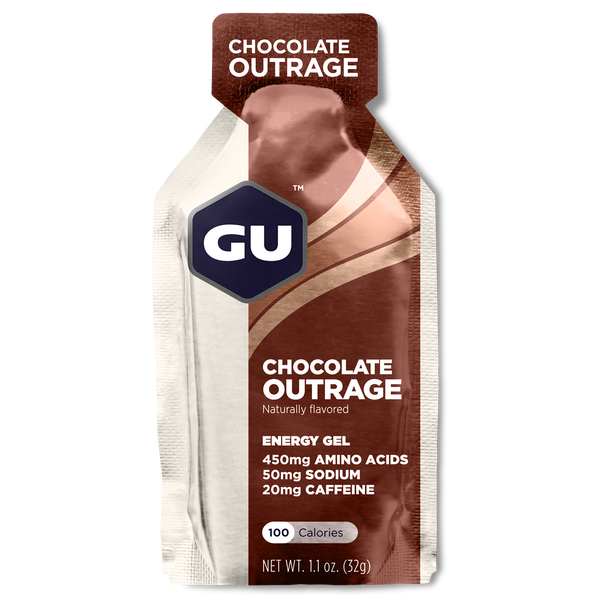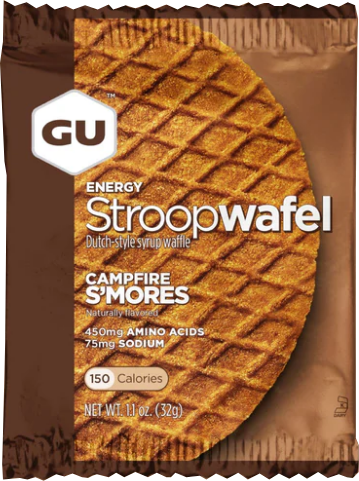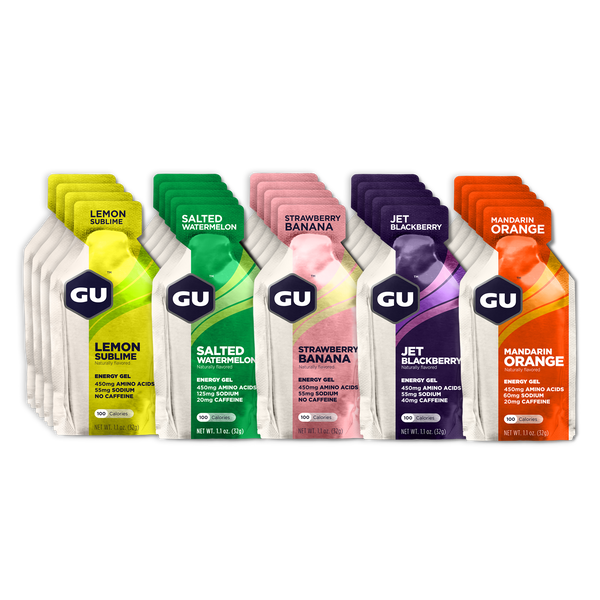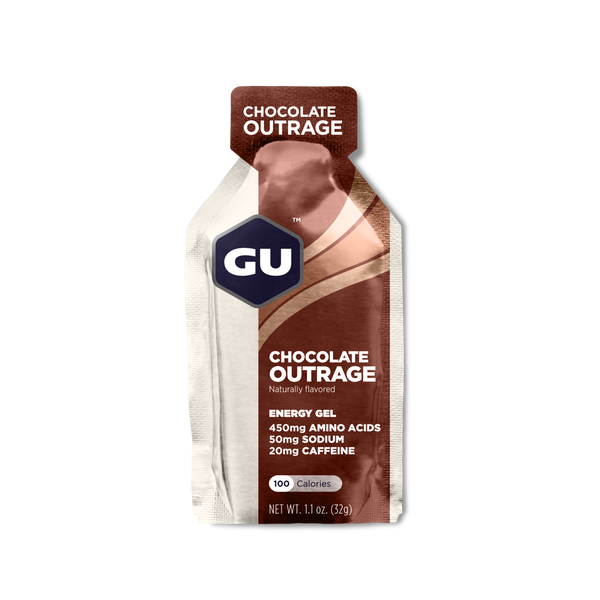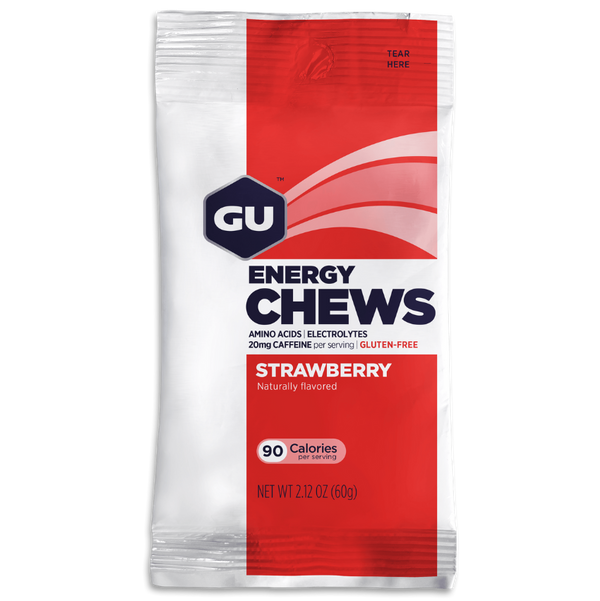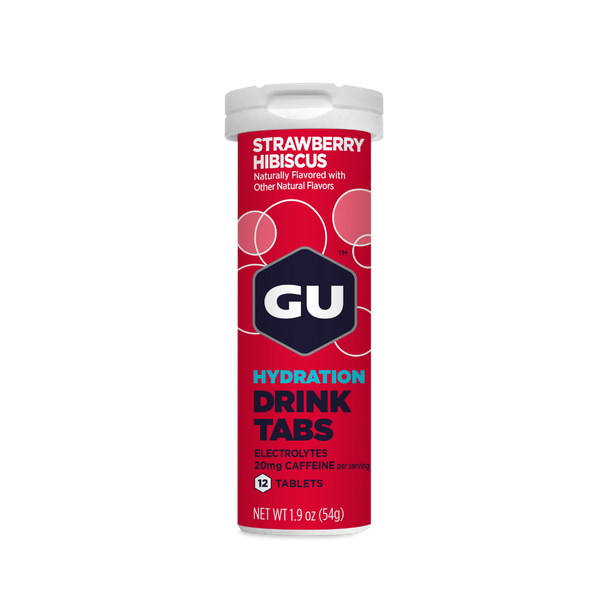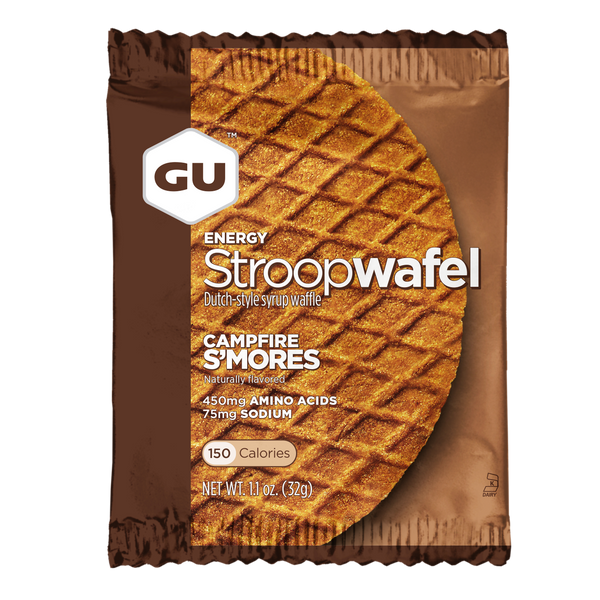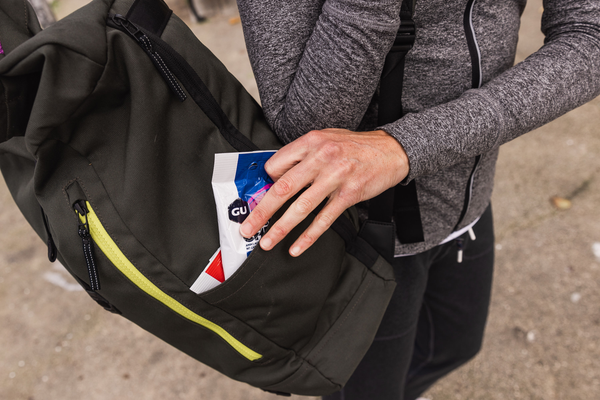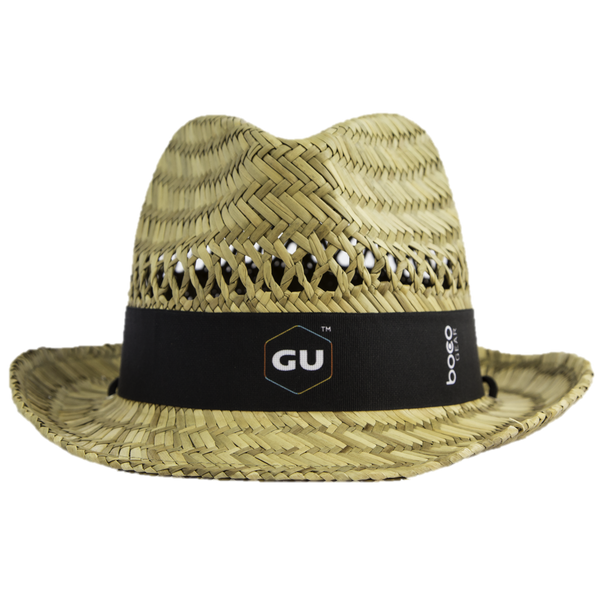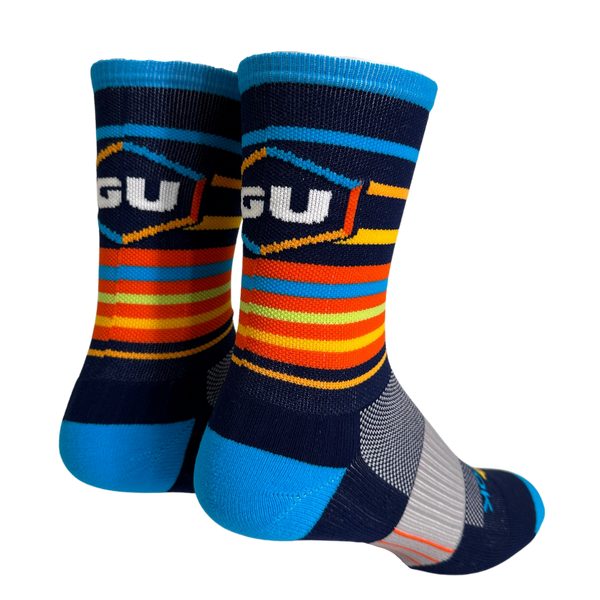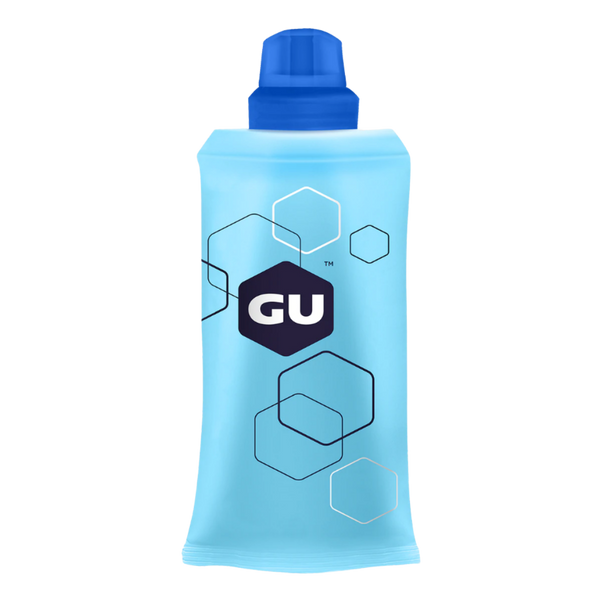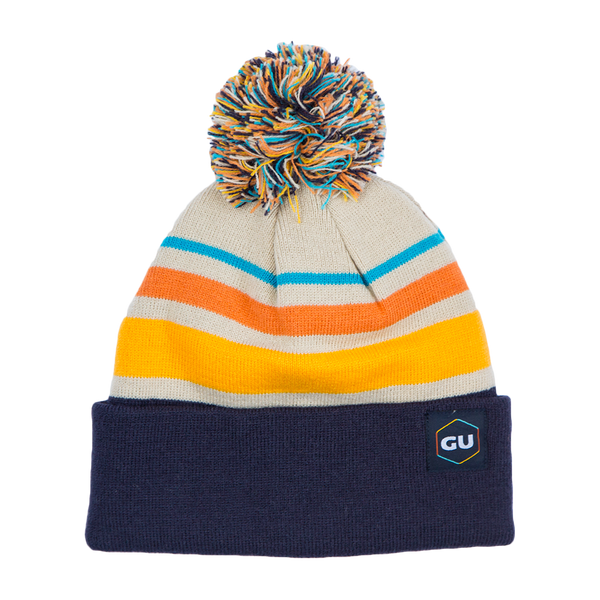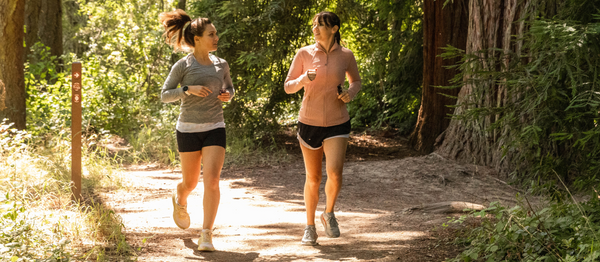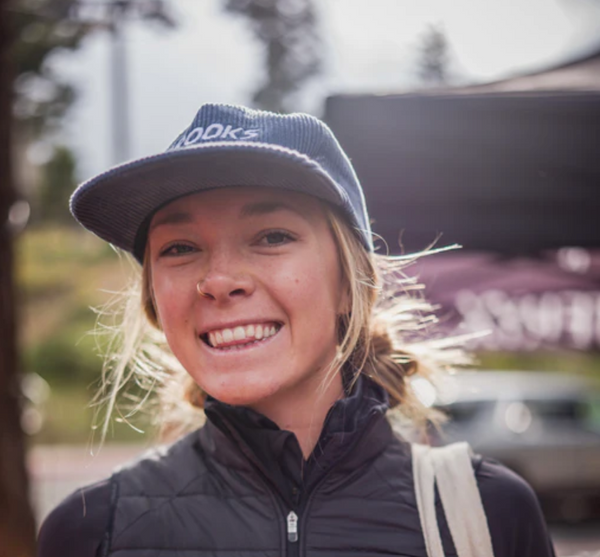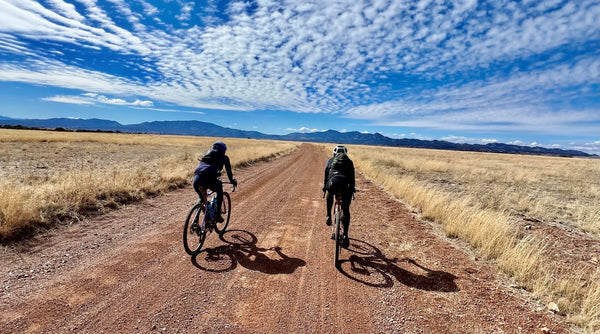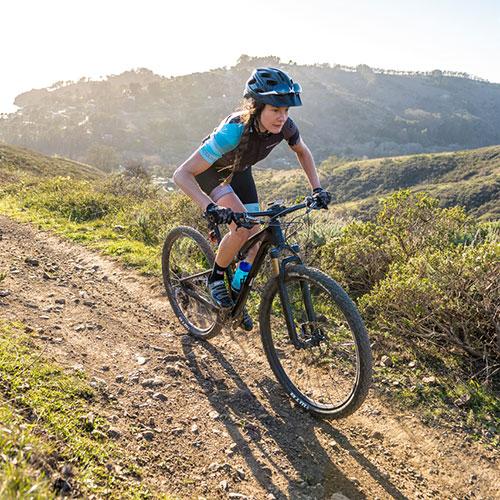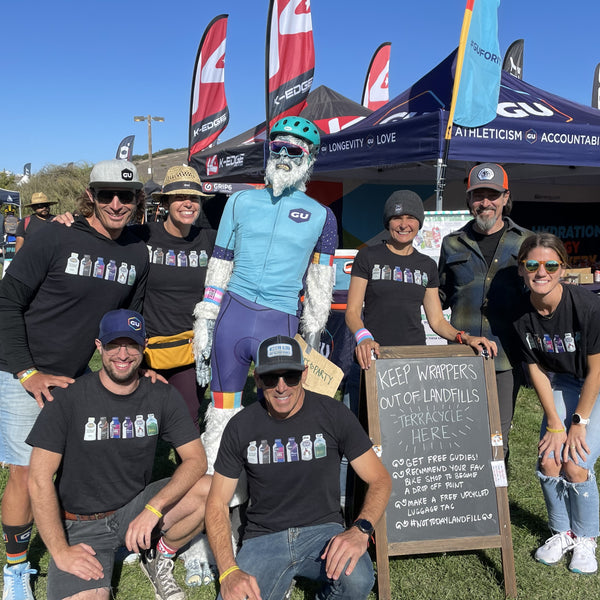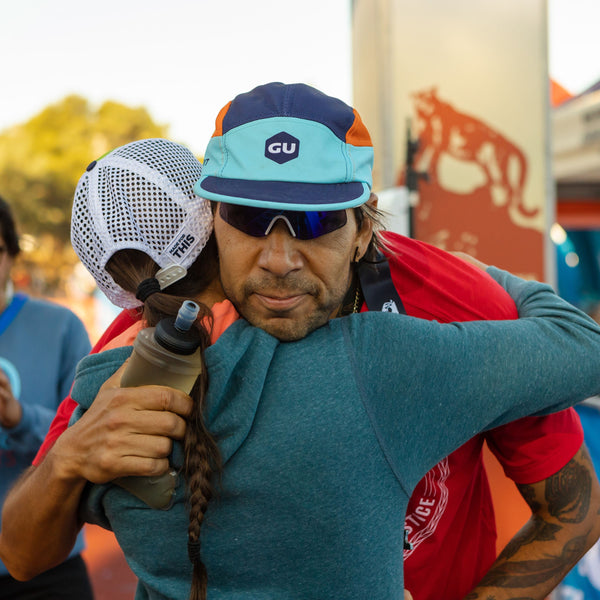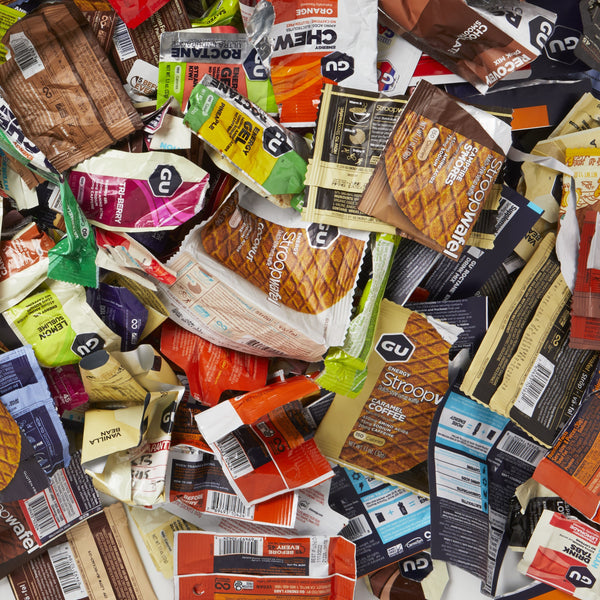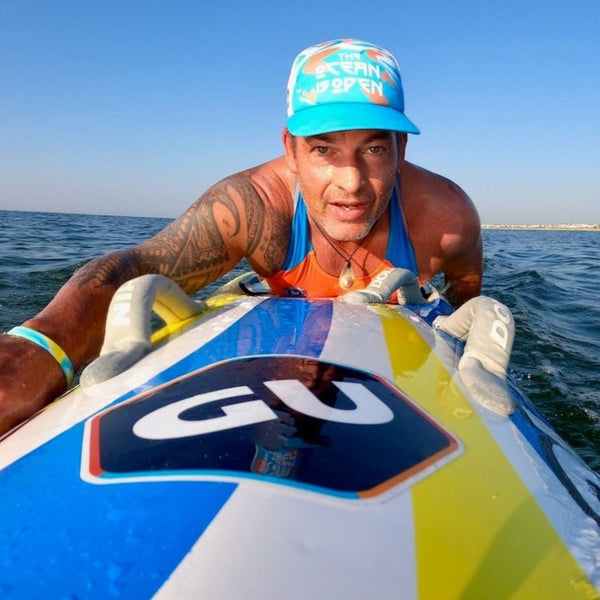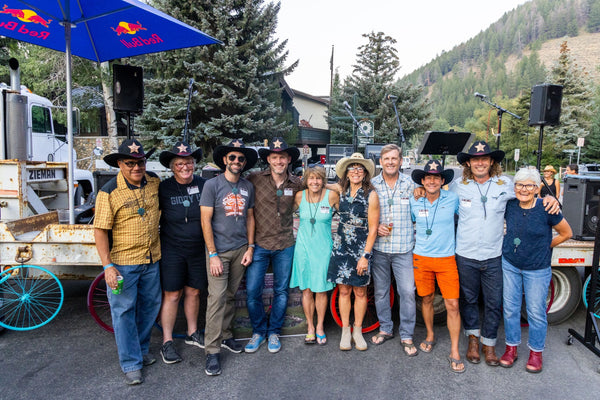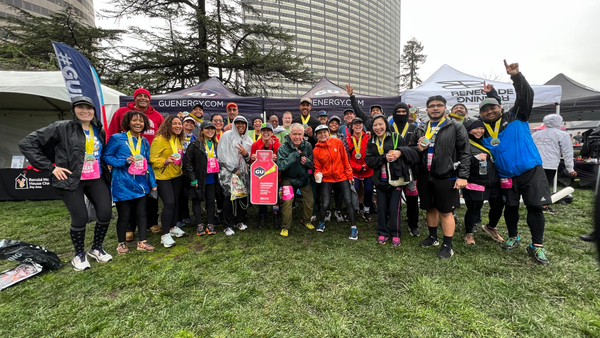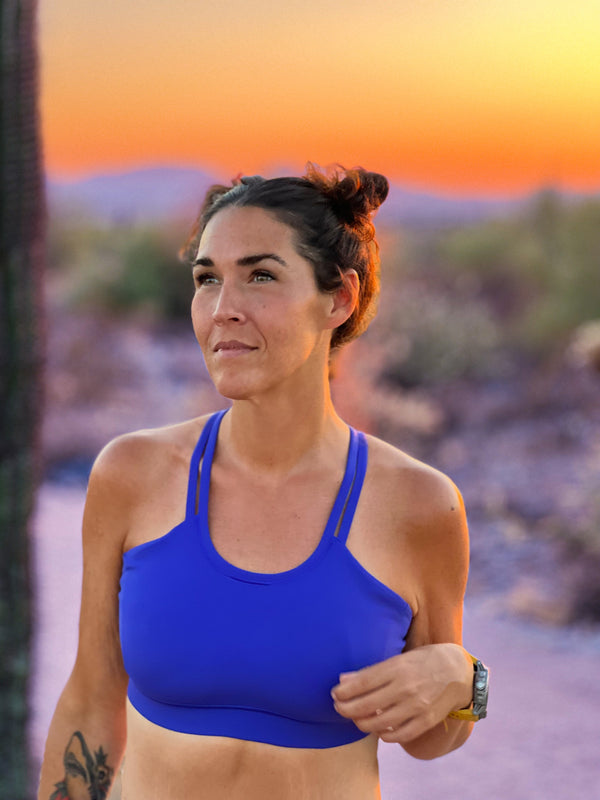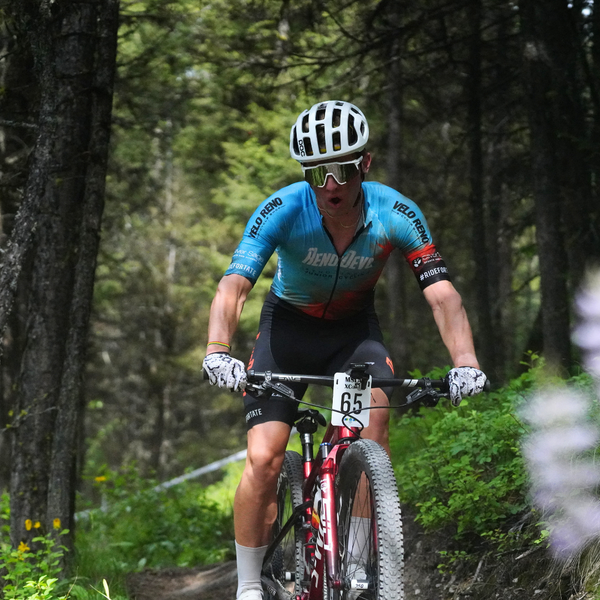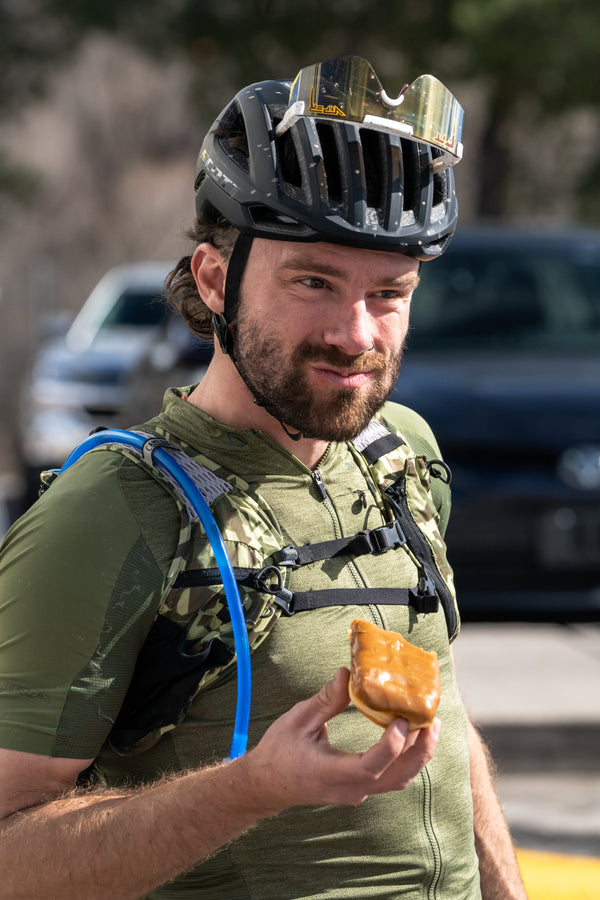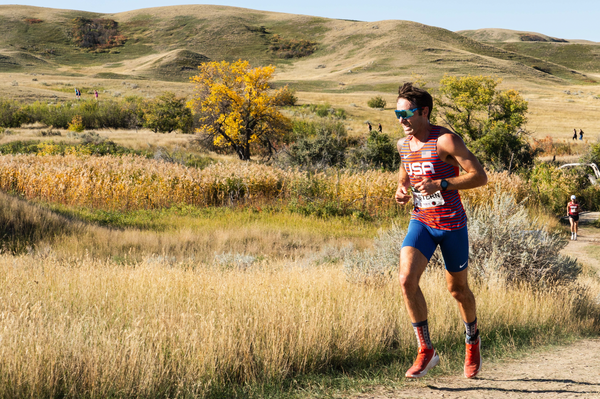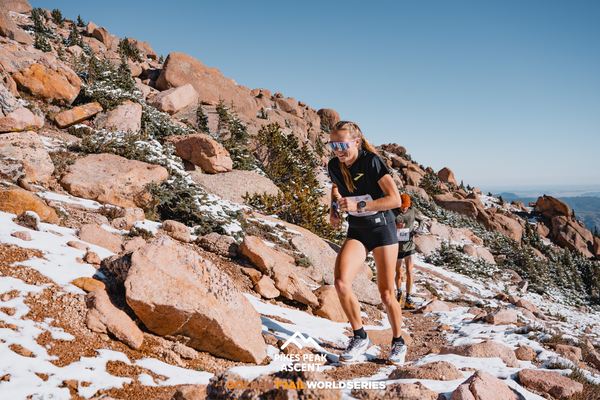Rob Krar Weighs in with Some Tips for Skimo Newbies
Besides having the best beard in the sport of ultrarunning, Rob Krar is also known for his success in the growing sport of ski mountaineer racing, also known as skimo. (Rob is a member of the Canadian National Ski Mountaineering Team!) It’s no surprise that trail runners are gravitating to a sport that lets them explore the mountains in the winter when trails are covered by snow.
But Rob wants to be clear, “Skimo racing is not ultrarunning! It’s such a different hurt than the controlled and subtler hurt of a 100-mile run.”
We checked in with Rob to ask him about his experience skimo racing and to get some tips for runners looking to try out a new winter sport.
Interested in trying out a skimo race? Check out the COSMIC Series in Colorado.

What’s the biggest differences between racing skimo and ultrarunning?
Rob Krar: The most striking differences between ski mountaineering and ultrarunning is the length of time racing, pacing, and effort level. With some exceptions, most skimo races fall within a 2-4 hour range. Output is high, almost a red line effort during the climbs and skirting on the edge of anaerobic threshold. Comparatively, ultrarunning races are longer and more sustained and moderate efforts that afford the opportunity to fall deep into the “zone”. Skimo racing is equally intense mentally as it is physically. Additionally, racing well on skis requires a deep skill set; efficient and effective layering and heat management, uphill AND downhill technique, transitioning from uphill to downhill, boot packing, and even climbing with harness and ascenders.
What’s your must-follow tip for newbies? What should skimo newbies avoid?
RK: I highly recommend “The Manual for Ski Mountaineering Racing”, a comprehensive online resource written by members of the Canadian and US ski mountaineering teams. Taking the time to learn proper technique will pay dividends down the line, as tedious as it might be. Learn to layer well – frost nipped fingers and toes do nothing for motivation to get out again in the cold. As much as ski mountaineering compliments the off season, if ultrarunning is your pride and joy, be smart and take into account risk vs. reward when pushing yourself on the descents.
What tips do you have for getting calories in on the snow? How do keep your food and drinks warm?
RK: Keeping up on calories and fluids are one of the toughest aspects to ski mountaineer racing. Cold temperatures are the devil – cold or frozen fingers hamper dexterity and frozen bladder hoses or water bottle nozzles can be the end racing to your potential, especially in the longer races such as Power of Four or The Grand Traverse. Add rock hard chews and gels to the mix, and the challenge only becomes greater.
A few pointers:
- Begin with hot fluid in your bottle and/or bladder. The Nathan IceSleeve insulates your bladder AND hose to help prevent freezing.
- I use GU Roctane Drink Mix in my bladder and tend to get most of my calories this way. Drinking from a hose is much easier than fiddling with gels or chews, especially at such a high exertion rate.
- Blow air back into the nozzle to remove fluids from the hose – this will help prevent freezing.
- Take frequent sips to avoid frozen tubes. No matter what, a tiny bit of fluid will remain in the nozzle and inevitably freeze if it’s cold enough – frequent drinking/sipping (think every 10-15 minutes in the coldest conditions) will help prevent this.
- Keep soft flasks, gels and chews under layers and close to your body to prevent freezing and keep the food softer and more palatable.
How do you train for skimo races when there’s no snow?
RK: A lack of early season snow and restricted access to uphill travel on our mountain necessitated creative training techniques heading into the season. I’ve received more than a few strange looks when folks walked into Paragon Athletics (in Flagstaff) only to see me “skiing” up a 40-degree treadmill. Hey, whatever it takes right? [Editor’s note: We were confused, too. See photos below!]


